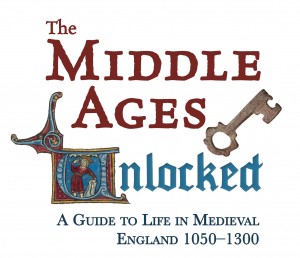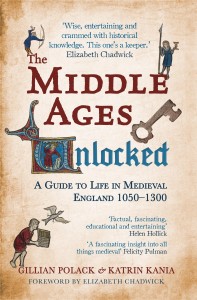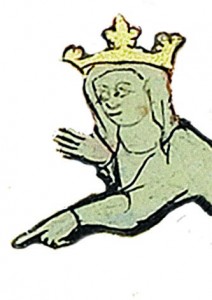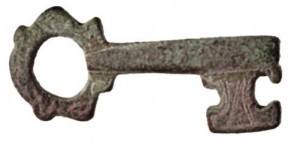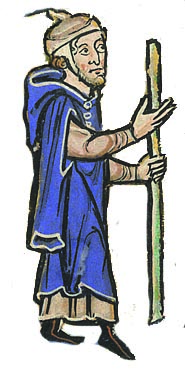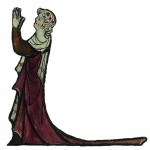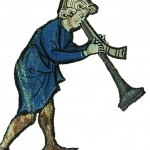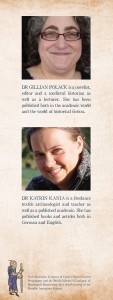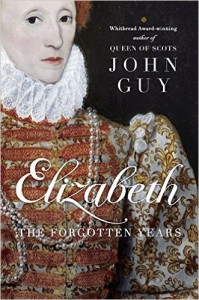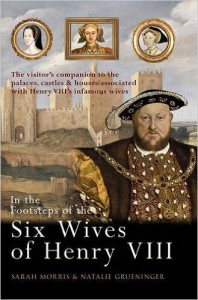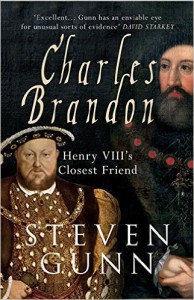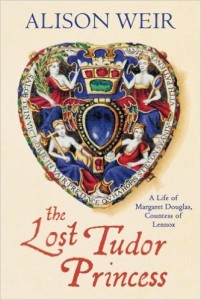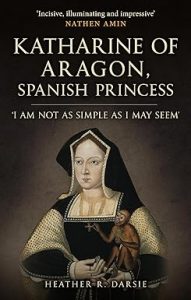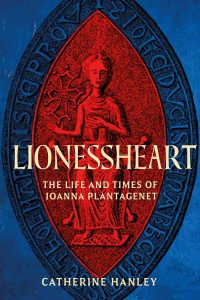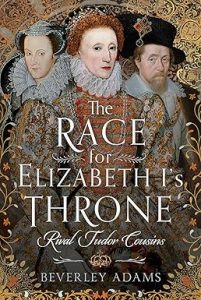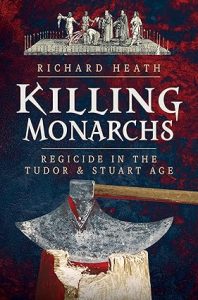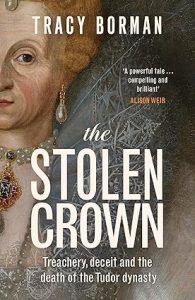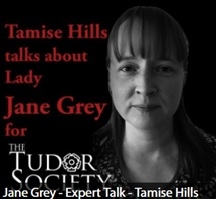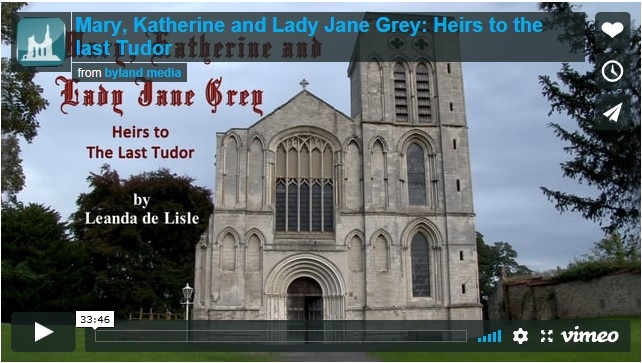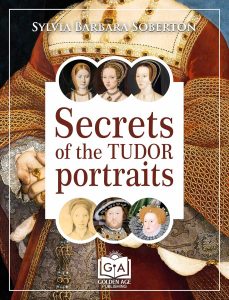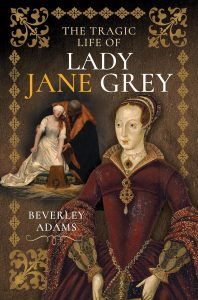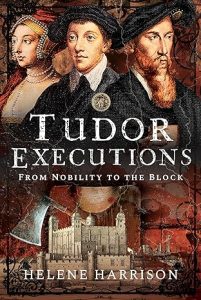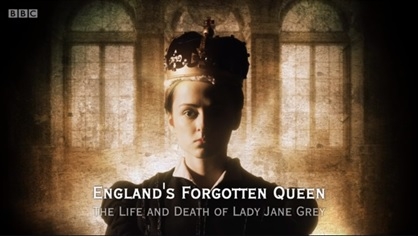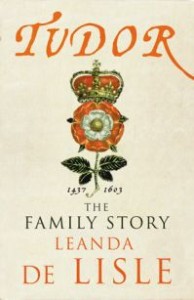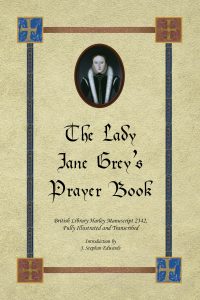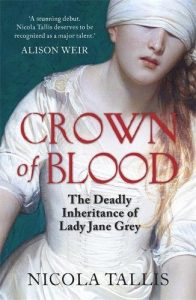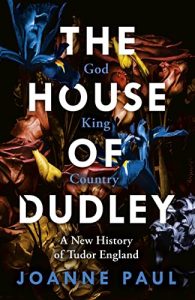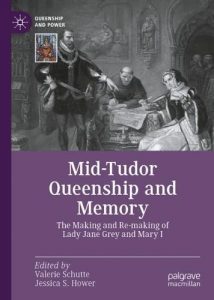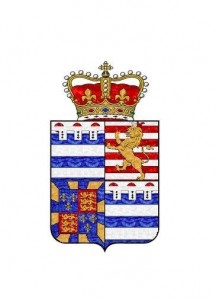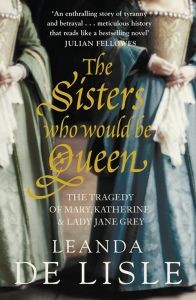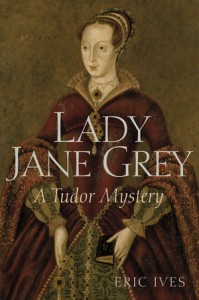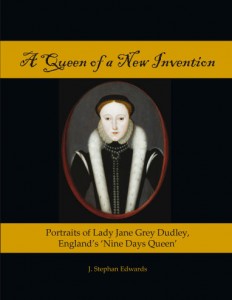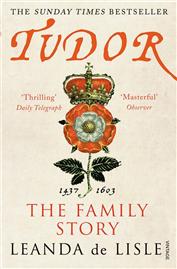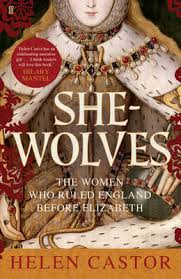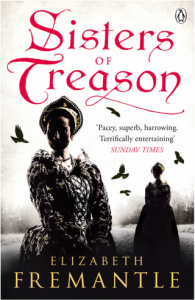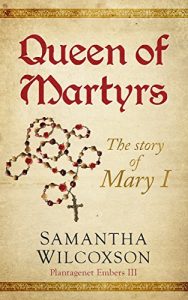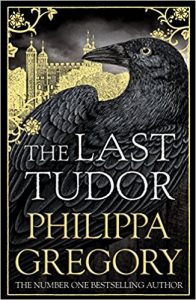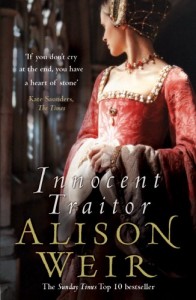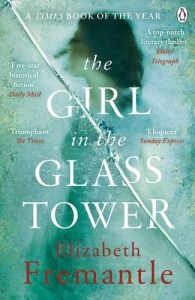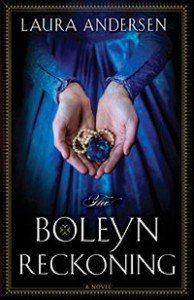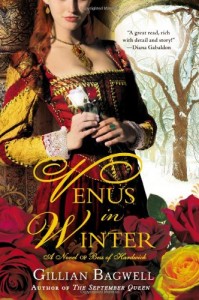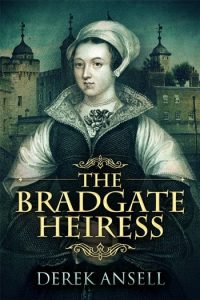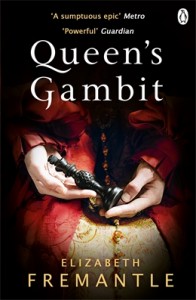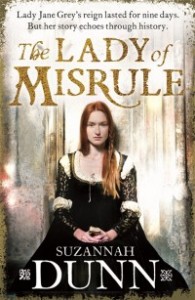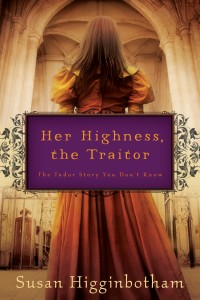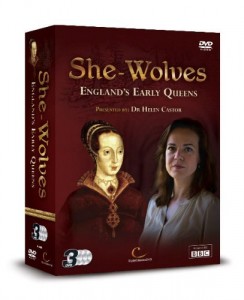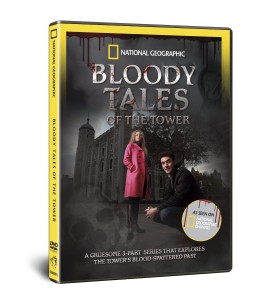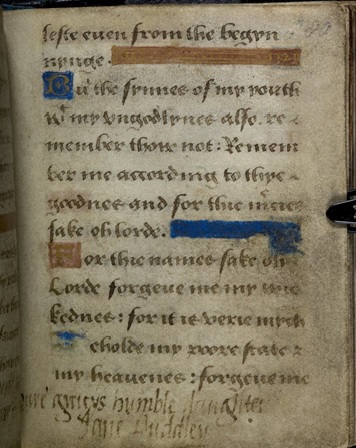I am delighted to host a stop on the blog tour to celebrate the US launch of…
You can buy the book from: Amberley Publishing
You can follow the authors on Social Media:
‘When I first saw the draft of what would become The Middle Ages Unlocked, I was in a conference bar, peeking over the shoulder of Gillian’s friend. Said friend had made Gillian promise to show her the draft, I was there because I had met Gillian a little bit before and we enjoyed each other’s company, and I am naturally curious. (I like to say that it’s a professional requirement, being curious.)
It was a huge draft, and it was full of everything. Medieval stories, literature, witty quotes, lists of all kinds of things, explanations, fascinating examples of things expected and unexpectable. It was also, very obviously, a draft, and it had a few holes left to be filled, among them the chapter about textiles and clothing. I foolishly offered to take a look at the clothes chapter. That, somehow, very quickly turned into I’d help with the rest of it, as well. So I became co-writer on a project so dauntingly large I’d never have dared take it on alone.
Gillian and I both like a challenge, and The Middle Ages Unlocked (or The Beast, as it was lovingly and sometimes not-so-lovingly called behind the scenes) was a challenge and a half. The first idea behind the book was to provide writers with a one-stop guidebook to all things medieval, and that quickly turned out to be an impossible task. What we could do, and what Gillian’s plan was when I joined her, was write a book to give a basic understanding of the era. A book that would help the reader understand how the many aspects of medieval life interconnected, and how much variation and how much humanity there was.
We aimed to show the connections, the cross-ties, the mutual influences. You can find general histories of about any era that will tell you about the political events (this king killed that one and took the throne, and then he married that princess). You can also find articles and sometimes even books about a specific topic, treating it in detail (such as charcoal analysis of industrial fuelwood from medieval and early modern iron-working sites in North Yorkshire). These are all useful reading, but they rarely place their topic into a wider context. A king might kill another king and justify this with a vision that God sent him, and to understand why this would have been a valid explanation for many contemporaries, you have to know about the role of religion in that time. Woodland management didn’t only provide wood for fuel and other uses, but also included wild harvesting, herding and hunting. Hunting, however, was a complex topic in itself, as hunting rights would differ depending on the animal being hunted, the ownership of the woodland and the type of legal system that applied.
With The Middle Ages Unlocked, we focus on making these connections clear. We aim for the middle ground between very broad overviews that omit a lot and very detailed knowledge that requires previous knowledge to understand. So we explain how the government worked in general, how important individual persons and families were, how it worked with religious structures from the Church (and sometimes against them). We do not go into detail about individual political events, as there are enough political histories of England available. We explain the basics of craft organisation, and of the crafts themselves so you can go and read detailed analyses about guild history, or look at archaeological finds and understand how they were made, or read about resources and tools necessary for crafts and will know why they were needed. We explain about the polyglottal society and about the languages that were used, as well as the kinds of literature they were used for, so you will know why a certain text was in French and another one in Latin.
We blended two different disciplines, that of the historian and that of the archaeologist. And we did our best to point out, again and again, that nothing was cut and dried. There was so much variety in the Middle Ages! We have a hard time grasping this today, with the limited sources that we have available. We’re also biased by our modern industries and modern lifestyles that provide us with the same brand items all over the world, with exactly the same books in exactly the same type. We are used to picking out pre-fabricated things from a catalogue when back in the Middle Ages, a craftsperson would have made things that, even in early mass-production, would be slightly different from each other. At times, it felt like every second sentence was “But this is just an example, and there were many other, different variations of this”.
We wrote The Middle Ages Unlocked to be a gateway book, something pleasant to read that would give readers a deep understanding of medieval life and society, across all its breadth. We’re hoping it will satisfy the curiosity of its readers, and that it will make them even more curious about individual topics and eager to read more about them.

